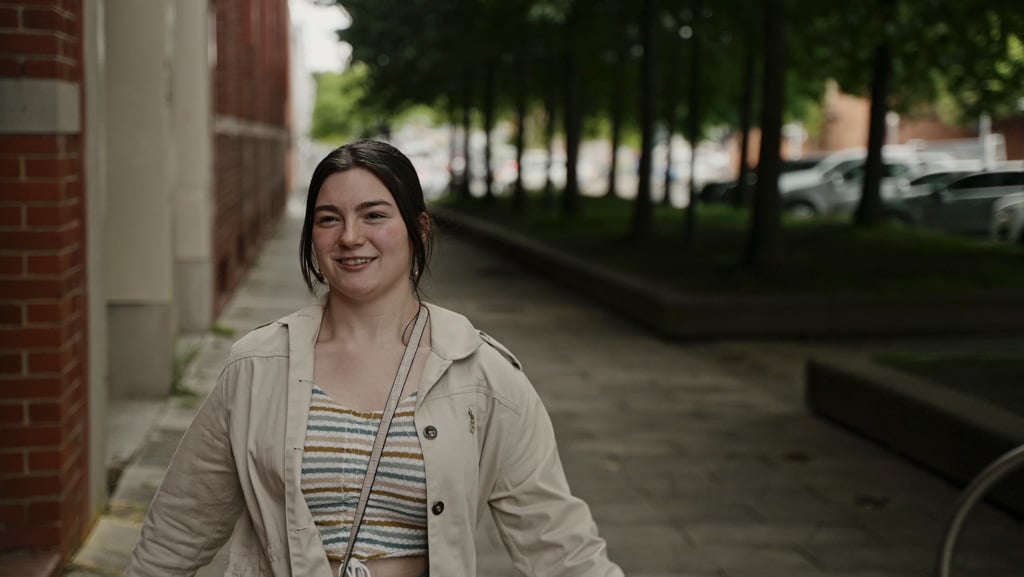Ask yourself: do you really know what ‘disability’ means?
Sunday 3 December is International Day of People with Disability (IDPwD). Held annually and celebrated internationally, the day aims to increase public awareness, understanding and acceptance of people with disability, and celebrate their achievements and contributions.
As we approach IDPwD this year, student Maddie Fogarty (pictured) reflects on some common ideas and assumptions we may hold about disability, and what we can all do to make everyone feel welcome and happy as they pursue their goals at Deakin.
You have probably heard the word ‘disability’ before – but do you really know what it means?
Disability is actually really broad. Disabilities are physical, mental, developmental, intellectual, or sensory conditions that impact a person’s mobility, communication, or other aspects of daily life.
Disability affects different people differently. It might be permanent or temporary and it can be exacerbated by barriers in society, including lack of awareness and education.
Disability has historically been seen as negative or shameful, and people who have disability as abnormal. In fact, disability has just been misunderstood and stigmatised.
Wait, isn’t disability a bad word? Disability is not bad, shameful, strange, abnormal. It just ‘is’!
You have likely heard disability and disabled people referred to by other words. But disability is not a ‘bad word’, and it’s also universally familiar. When talking to people with disabilities, it is good practice to just ask how they would like you to refer to (or not refer to) their disability. Otherwise, you could use ‘people with disability’ or ‘disabled people’.
But I’ll be able to tell when someone has a disability, right? No – you won’t always know when someone has a disability.
Some disabilities are visible. This means you can see the disability. Some disabilities are hidden.
Hidden disabilities are not obvious from a person’s outward appearance, but still affects their health or day-to-day activities. Examples include chronic pain, psycho-social disabilities, and certain learning disabilities.
Visible and hidden disabilities can have significant impacts on people’s lives. With 1 in 6 Australians having a disability, you are likely to know someone with a disability, have a disability yourself, or care for or love someone with a disability.
But I’m a student – why do I need to know about disability at Deakin? There is a high probability that you – as a student – will have peers and classmates with a disability. We all deserve to be part of an inclusive learning environment, where we each are supported to reach our potential.
You are an important part of that. By understanding disability, you can help promote inclusion and respect across Deakin, while also working to uphold fundamental human rights across broader society.
What types of disability are there? While disability is vast and diverse, there are seven types that are used to help identify them.
- Chronic medical conditions are conditions lasting over one year that require ongoing medical attention.
- Intellectual disabilities affect cognitive functioning and skills including language, social skills, self-care skills.
- Learning disabilities affect ability to learn in a specific area.
- Short term disabilities are temporary and not long-lasting.
- Psycho-social disabilities affect someone’s thinking, perceptions, mood, or behaviour.
- Neurological disabilities affect the brain, spinal cord, and connecting nerves.
- Physical or sensory disability affect physical or sensory function.
Where to from here? This article in part of a series aimed at increasing awareness of disability to promote inclusivity and respect at Deakin. While disability has often been considered taboo, Deakin’s Diversity Equity and Inclusion is on a mission to get the conversation rolling.
To celebrate International Day of People with Disability (IDPwD) this Sunday 3 December, look back at our Deakin students who experience disability say about what this day means to them.
